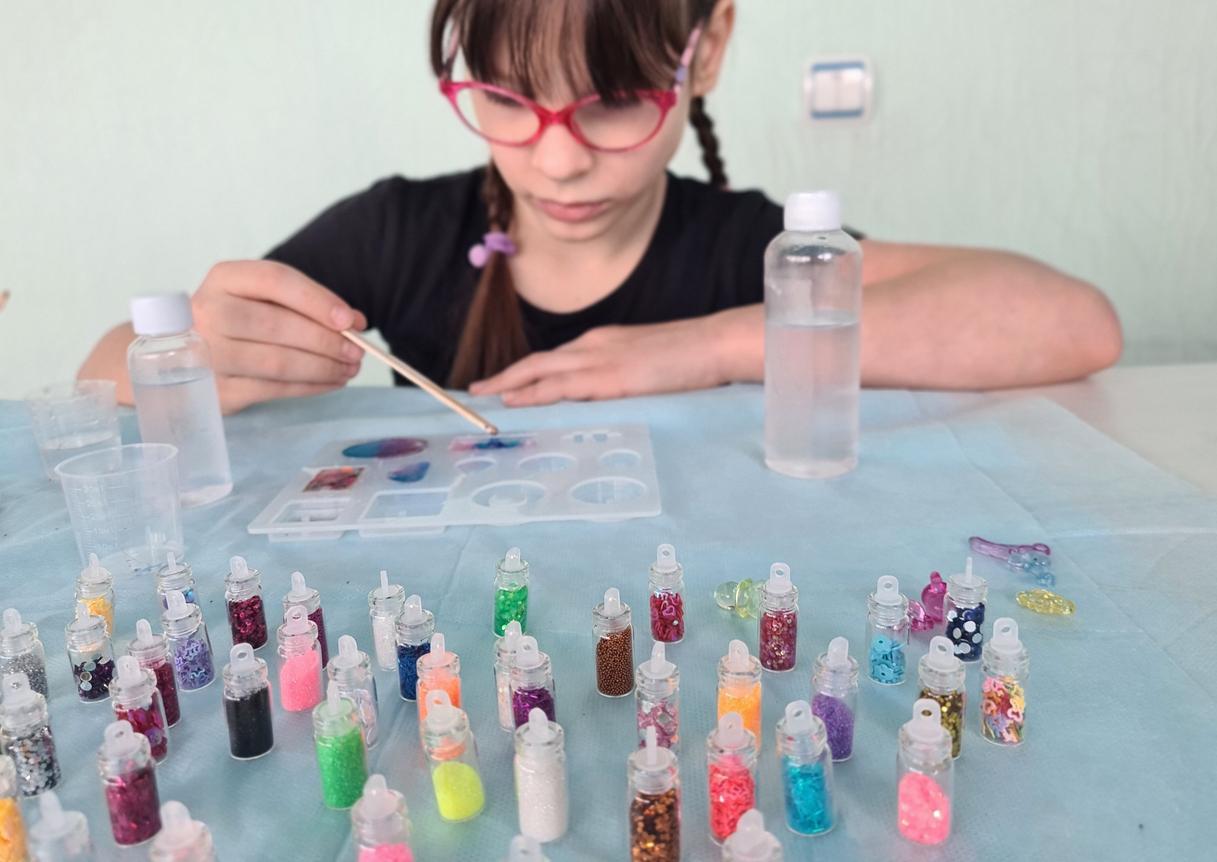1 to 3 in 1,000 people can have severe anaphylactic shock. This serious allergic reaction is however poorly understood, and too often poorly treated by relatives.

In 2014, 2 children died of anaphylactic shock in the school canteen. This severe allergic reaction is serious, but can be countered with an injection of adrenaline. Too often, relatives of allergic people do not know how to use self-triggering pens. On June 4, on the occasion of its National Day of Action for the Prevention of Allergies, AFPRAL (French Association for the Prevention of Allergies) is launching a major information campaign.
Serious anaphylactic shock affects one to three people in 1,000. Allergics are not the only ones concerned, AFPRAL reminds us: firefighters, families, members of the teaching staff must also be informed of this allergic reaction. Shock can occur within half an hour of exposure to an allergen. When the first symptoms appear, an injection of adrenaline is vital, within 20 minutes. This delay is poorly identified and can end up in the hospital.
To inform allergy sufferers and all those around them, AFPRAL has therefore launched an information site: Emergency Anaphylaxis. At the start of the new school year in September 2015, a 28-page guide will be offered and 1,200 training kits will be distributed. As part of its campaign, the Association also calls for an evolution of information in the teaching profession. An Action Plan should be attached to the Individualized Reception Protocol (PAI), mandatory for all allergic children. It details what to do in the event of an allergic reaction, and how to administer epinephrine. Learning to act better is important: depending on the French Society of Anesthesia and Resuscitation, between 1997 and 2004, 2,516 anaphylactic shocks were recorded.
.















